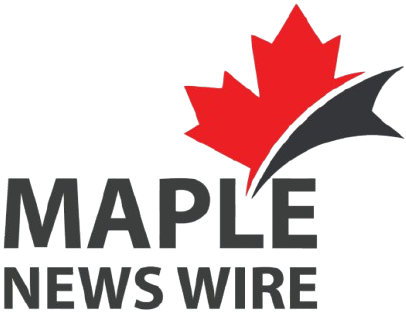In April 2025, the Bank of Canada maintained its policy rate at 2.75%, citing uncertainties from U.S. tariffs and their potential impact on the Canadian economy.
Introduction: A Delicate Balance in Uncertain Times
In April 2025, the Bank of Canada faced a pivotal decision: adjust interest rates in response to shifting economic indicators or maintain the status quo amidst escalating global trade tensions. Governor Tiff Macklem and the Bank’s governing council opted to keep the policy rate at 2.75%, pausing after seven consecutive cuts that began in June 2024. This decision underscores the complexities of navigating economic policy during periods of heightened uncertainty.
Economic Context: From Growth to Caution
Economic Performance in Early 2025
Canada’s economy entered 2025 on a solid footing. The fourth quarter of 2024 saw a robust 2.6% growth, bolstered by previous interest rate cuts that stimulated household spending and economic activity. Inflation remained close to the Bank’s 2% target, and employment figures were promising. However, the onset of 2025 brought new challenges.
Impact of U.S. Tariffs
The announcement of U.S. tariffs on Canadian goods introduced significant uncertainty. These protectionist measures disrupted markets, dampened business investment, and raised inflation expectations. The Bank of Canada recognized that while previous rate cuts were still influencing the economy, the emerging trade tensions could reverse some of the positive momentum.
Deliberations at the Bank of Canada
Internal Discussions: To Cut or Not to Cut?
In their April meeting, some members of the governing council advocated for a further 25 basis point rate cut, citing weakening economic indicators such as declining consumer and business confidence, and softening labor markets. However, others expressed caution, emphasizing the need for more information on the tariffs’ long-term effects. The council ultimately decided to maintain the current rate, opting to monitor the situation closely before making additional policy changes.
Scenarios Presented by the Bank
The Bank’s Monetary Policy Report outlined two potential scenarios:
- Scenario One: A modest slowdown in growth without a recession, assuming tariffs are negotiated away.
- Scenario Two: A more severe downturn, with a recession and inflation temporarily rising above 3%, assuming a full-blown trade war ensues.
These scenarios highlight the range of possible outcomes and the challenges the Bank faces in formulating policy in such an unpredictable environment.
Inflation Dynamics: Navigating Dual Pressures
Upward Pressures on Inflation
The imposition of tariffs and a weaker Canadian dollar have led to increased costs for imported goods, contributing to upward pressure on inflation. Businesses are also facing higher operational costs, which may be passed on to consumers.
Downward Pressures on Inflation
Conversely, the economic slowdown resulting from trade uncertainties is expected to dampen demand, which could exert downward pressure on inflation. The Bank of Canada is closely monitoring these opposing forces to ensure that inflation remains within target levels.
Monetary Policy Strategy: Caution and Flexibility
The Bank’s Approach
Governor Macklem emphasized that while monetary policy cannot resolve trade uncertainties or offset the impacts of a trade war, it can maintain price stability. The Bank is committed to supporting economic growth while ensuring that inflation remains well-controlled.
Forward Guidance
Given the prevailing uncertainties, the Bank has refrained from providing specific forward guidance. Instead, it will continue to assess incoming data and adjust its policy stance as necessary to respond to evolving economic conditions.
Market Reactions and Broader Implications
Currency Movements
Despite the Bank’s cautious stance, the Canadian dollar experienced its most significant monthly gain in a decade, appreciating by 4.3% against the U.S. dollar in April. This surge was attributed to easing global trade tensions and the resolution of domestic political uncertainties following Prime Minister Mark Carney’s election victory.Reuters
Investor Sentiment
The Bank’s decision to hold rates steady was met with mixed reactions from investors. Some analysts interpreted the move as a sign of confidence in the economy, while others viewed it as a signal of underlying concerns about the impact of trade policies.
Looking Ahead: Monitoring and Adaptation
The Bank of Canada remains vigilant, closely monitoring the evolving trade landscape and its potential impacts on the Canadian economy. The governing council is prepared to adjust its policy stance as new information becomes available, aiming to balance the objectives of supporting economic growth and maintaining price stability.
Conclusion: A Period of Strategic Patience
The Bank of Canada’s decision to maintain the policy rate reflects a period of strategic patience. In the face of significant global trade uncertainties, the Bank is opting to gather more information before making further policy adjustments. This cautious approach underscores the complexities of economic policymaking in an interconnected and unpredictable global economy.




